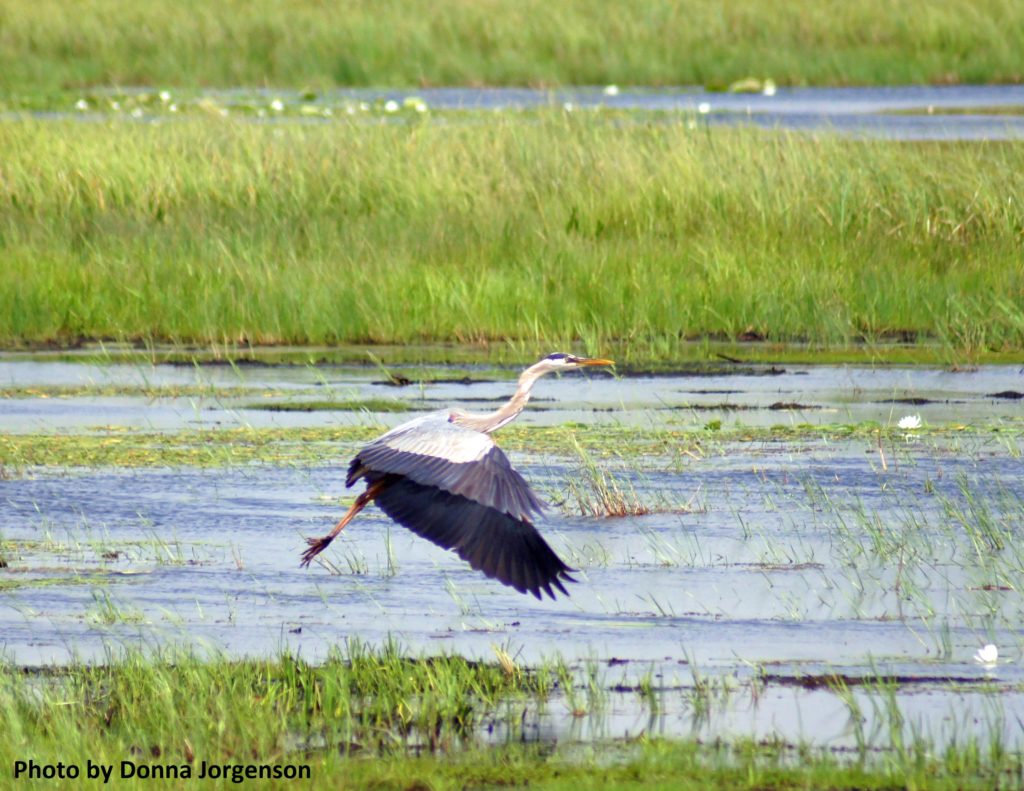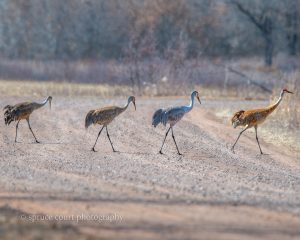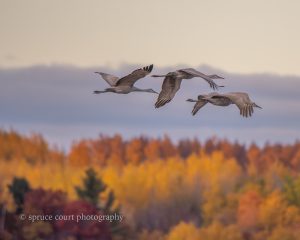Calendar of Events
|
Sunday
|
Monday
|
Tuesday
|
Wednesday
|
Thursday
|
Friday
|
Saturday
|
|---|---|---|---|---|---|---|
|
0 events,
|
0 events,
|
0 events,
|
0 events,
|
0 events,
|
1 event,
Gather with other Friends of Crex members on the first Friday of each month from 7:30am to 9:00am. Enjoy a cup of coffee on us and share your stories about… |
0 events,
|
|
0 events,
|
0 events,
|
0 events,
|
0 events,
|
0 events,
|
0 events,
|
0 events,
|
|
0 events,
|
0 events,
|
0 events,
|
0 events,
|
0 events,
|
0 events,
|
0 events,
|
|
0 events,
|
0 events,
|
0 events,
|
0 events,
|
0 events,
|
0 events,
|
0 events,
|
|
0 events,
|
0 events,
|
0 events,
|
0 events,
|
0 events,
|
0 events,
|
0 events,
|
About Crex Meadows 
Located in scenic northwest Wisconsin, Crex Meadows has 30,000 acres of restored wetland and brush prairie intensively managed by the Wisconsin Department of Natural Resources-Bureau of Wildlife Management. With more than 280 species of birds, 720 species of plants and over 96 species of butterfly as well as a wide variety of reptiles, amphibians and insects, it’s no wonder why more than 100,00 people visit Crex Meadows every year.


Wildlife Update: December 3, 2025
Wildlife Update: October 20, 2025
Wildlife Update: October 8, 2025
Memberships
Become a member of Friends of Crex today! An affordable membership with different options to best suit you and your family, Friends of Crex members get discounts on certain programs, the latest news and updates, free binocular and snowshoe rentals and a 10% discount on merchandise from the Bog Shoe Gift Shop.
Donate
When you donate to Friends of Crex, your contribution helps ensure that the wildlife education and wildlife management efforts at Crex Meadows continues for generations to come. There are several funds to choose from so your donation can specifically support projects you are most passionate about.
Volunteer
Volunteers are the key to success at Crex Meadows. There are numerous ways to get involved - whether you want to volunteer at the Visitor’s Center, help with certain programs or events or assist in keeping the property clean and maintained.
Share
Help promote Crex Meadows! When you share your pictures on social media you are sharing the amazing experience our visitors have over and over again.
Use the hashtag #crexmeadows to add your experience to the thousands of adventures people are having here every year!
Frequently Asked Questions
Contact Us
We would love to hear from you!
Visitor Center Hours
Closed most holidays.
SPRING (April-Mid June)
Weekdays: 8:00 am-4:30 pm
Weekends: 10:00 am- 4:00 pm
SUMMER (Mid June-Labor Day)
Weekdays: 8:00 am- 4:30 pm
Weekends: 10:00 am-4:00 pm
FALL (Labor Day-October 31st)
Weekdays: 8:00 am- 4:30 pm
Weekends: 10:00 am- 4:00 pm
WINTER (November-March)
Weekdays: 8:00 am-4:30pm
Weekends: CLOSED



